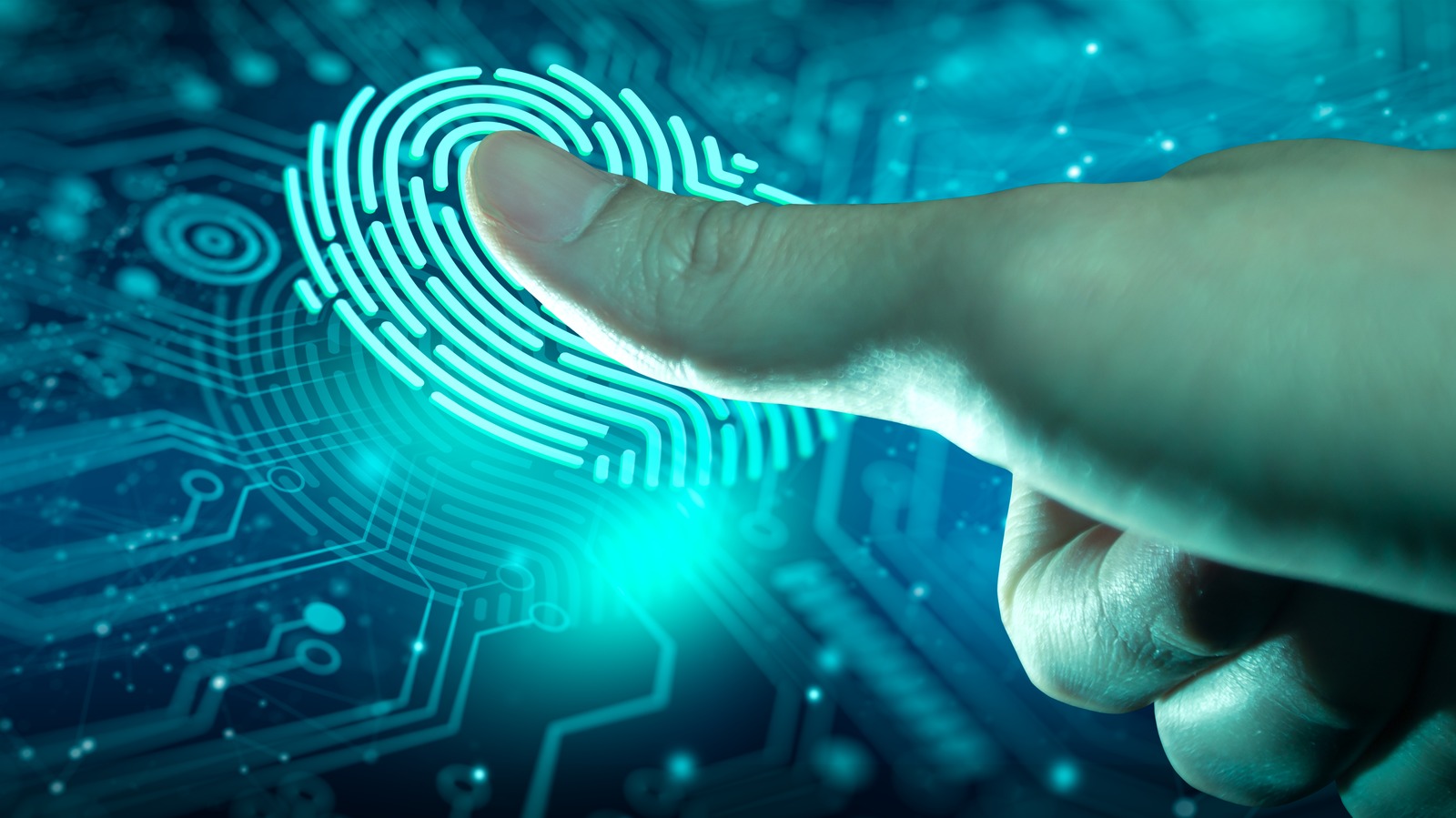Introduction:-
In the world of crime investigation and biometric identification, few tools can serve to be extremely useful, unique and iconic. One of these amazing tools is the presence of fingerprints. These unique patterns of prints are entirely different of each and every creature on the planet of earth. These are perfect distinguishing marks of individuality and identity.
They have assisted millions of criminals departments from centuries. And their uses are extensive in today’s modern era of technological advancements and presence of social media platforms.
Indeed, Fingerprints have a long history of success in finding wanted personalities and they serve a variety of different uses but how long can we make use of them? Their varying lifespans determine the longevity of their presence. The longevity of fingerprints is basically a great question that requires scientific examination, investigation, and environmental factors.
What this article is all about?
This article delves into the multifaceted aspects that influence how long fingerprints endure on surfaces, shedding light on the interplay of surface type, environmental conditions, and the intricate composition of fingerprint residue.
In this article I am going to unleash the longevity of the fingerprints along with the factors that affect its presence or longevity either individually or collectively. The art of identification and forensics have been long studies through fingerprints.
The Persistence of Fingerprints and what are the factors Influencing their Longevity
Fingerprints are a renowned and popular way which is not only unique but is also extremely reliable.
Understanding distinct fingerprints:-
These are basically unique and distinctive patterns of ridges and valleys on the skin’s surface. The longevity of fingerprints is affected by several factors. These may include the type of the surface, environmental conditions, and the composition of the fingerprint residue. These factors are listed below to get a better understanding of their longevity. Remember that lifespan of each and every fingerprint may differ due to presence or absence of a particular factor or factors.
Surface Type
Non-porous surfaces like glass, metal, and plastic tend to preserve fingerprints for longer periods.
The lack of absorption prevents the natural oils, sweat, and other substances present in fingerprints from being absorbed, thereby maintaining the distinct pattern. In contrast, porous surfaces like paper, fabric, and wood can absorb the residue, leading to faster degradation of the print over time.
Environmental Conditions
Environmental factors that contribute to influence the longevity of fingerprints are as follows:-
- Humidity
- Temperature
- Exposure to sunlight
- Excessive heat
These above mentioned factors can accelerate the degradation process leading to shortening the lifespan of fingerprints. Now let us discuss how.
High levels of humidity:-
When the levels of humidity are high in the environment, they can cause the fingerprint residue to absorb moisture from the air. When the fingerprint will absorb moisture then it will cause the fingerprint to fade either partially or completely, it depends on the level of humidity.
Excessive heat or temperature:-
Excessive heat or Extreme temperatures subtract the amounts of oil found in fingerprints. When that oil is extracted out of the fingerprints, viability of fingerprint is affected and a minimised view is observed. The fingerprints are not clearly visible or observable.
Sunlight or sunrays:-
Likewise, sunrays or sunlight also break down the organic materials in your fingerprints which lead the print to become more prone to breakage and damage. The print is damaged or discernible overtime.
Natural Oils and their connection with longevity of fingerprints :-
The composition of the natural oils, sweat, and other substances present in a person’s fingerprint residue can affect its longevity. Some individuals have dry fingers within because they don’t produce as much oil naturally. The fingerprints of such individuals are disregarded faster as compared to the individuals with oily fingers. Those individuals naturally produce more oil leading to a more defined, structured, organized and long-lasting prints.
Time Frame of Persistence:-
Timeframe under controlled variables:-
Amazingly, if the surface is observed as having a non-porous existence, then luckily fingerprints have the potential to last for weeks, months, and even years under the right conditions. It means that they can be kept for long enough under the right conditions. You just have to control certain variables. Make sure that the factors like humidity, temperature, natural oils etc. are kept stable.
Time frame under different surfaces and uncontrolled conditions:-
Moreover, the fingerprints administered on glass or metal can be preserved for years.
In some cases , they are more vulnerable or exposed to various elements resulting in shorter lifespan.
Conclusion:-
Fingerprints are perfect distinguishing marks of individuality and identity. They have assisted millions of criminals departments from centuries.and their uses are extensive in today’s modern era of technological advancements and presence of social media platforms.
Indeed, Fingerprints have a long history of success in finding wanted personalities and they serve a variety of different uses.
The above mentioned factors determine the longevity of the both individually and collectively. For instance humidity, environmental factors, excessive heat, natural oils etc.
Furthermore, on-porous surfaces tend to preserve better, while factors like humidity, temperature, and exposure to light can influence the degradation process. The study of fingerprint longevity continues to contribute to the field of law enforcement and biometric identification.
